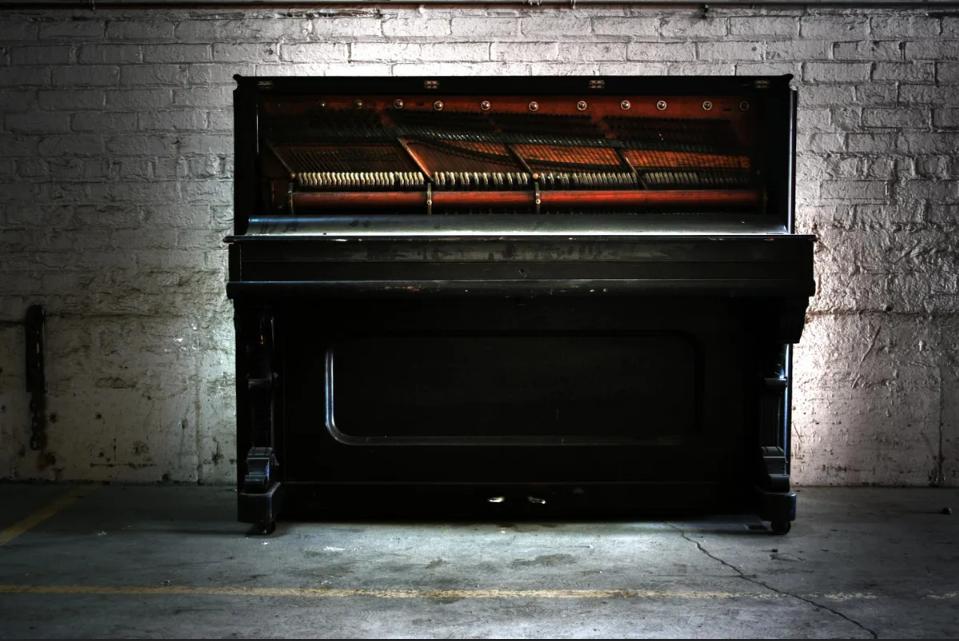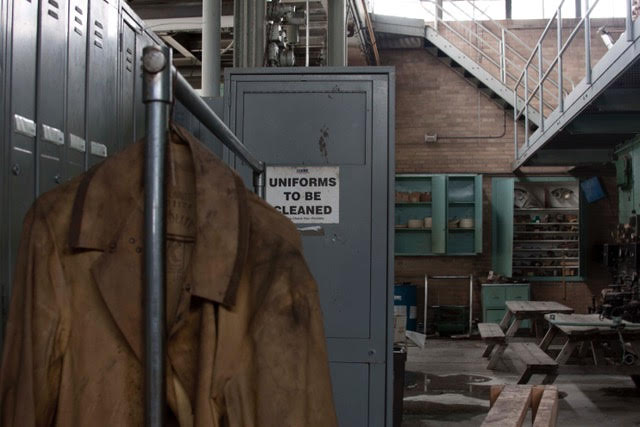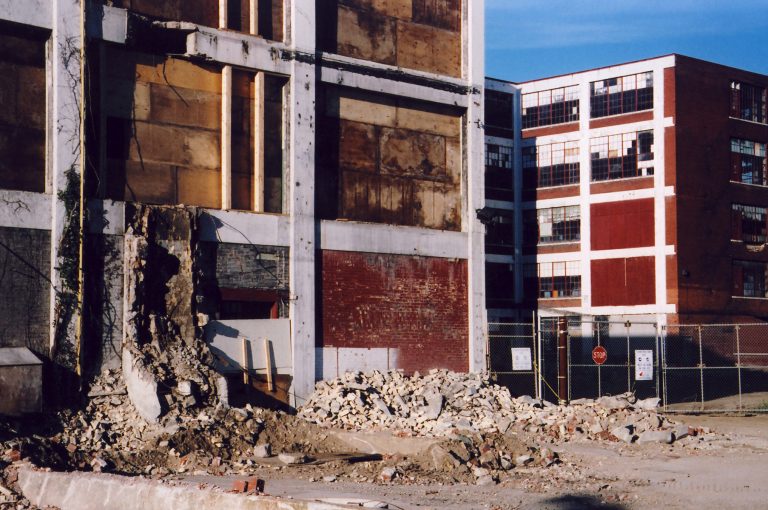Exploring abandoned buildings and spaces is a thing, and Waterloo Region’s rich industrial past and present have made it home to many industrial buildings.
Some are still operating, and some have been converted into condos, renovated offices and shops while others have been given up for collaborative tech spaces. But what about the rest? Many of these relics remain in limbo — they’ve already been boarded up, but are still waiting for someone to come around and make use of them.
These spaces and buildings can be spotted even off the main streets across the region, and local heritage enthusiasts dream of seeing the inside of places like Barra Castle in Kitchener or the recently demolished Preston Springs Hotel in Cambridge.
“We went through a long period of excess of vacant buildings, but now they’re a little bit harder to come by,” Karl Kessler, a local writer, researcher and coordinator of Doors Open Waterloo Region from 2003 to 2019, said.
Though Doors Open Waterloo Region showcased all kinds of buildings, from tiny old churches in the countryside to large, brand-new buildings like the one that houses Google. Kessler shared that most guests were especially fascinated by large-scale vacant factories. Part of this has to do with people’s personal and collective connection to the history of Waterloo Region.
Joe Martz, a local photographer and designer who is also drawn to the aesthetic of the disused factories, has done some commissioned photography of buildings such as The Rumpel Felt Co. Limited, Kaufman Lofts and the Electrohome building, with permission to enter and take photographs.
“My dad used to work for the AirBoss Rubber factory, so I really have a soft spot for it … the older admin offices are boarded up, and are sort of overtaken by nature now, but I’d love to go on a tour inside,” Martz said.
In his work, Martz also got to see some spots that had yet to be cleaned out, where belongings were scattered chaotically, and it seemed as though the occupants had only just left.
“It’s like a time capsule, just wasting away. You see trash, paint chipping, kids’ toys scattered. Sometimes you just think, how did it come to this state?” Martz said.
When explorers are fortunate enough to learn the story behind a place, it makes urban exploration that much more exciting. According to Kessler, people are interested in hearing about these historic factories that loom in our local landscape.
“You get to wondering about being able to go inside,” Kessler explained about the Doors Open tours. “And for someone to really bring you back into what it must have been like … it’s kind of a thrill.”
Brian Douglas is a local social worker and photographer, whose installation Work Shifts is featured in the Ken Seiling Waterloo Region Museum’s long-term collection What Makes Us Who We Are? gallery — part of a larger exhibit about local industry and trades that have since vanished. He describes his work as a “photo-record of Kitchener-Waterloo’s heritage,” to show where the buildings are at this point in time.
Douglas has come across and captured some odd stories for which he could find no explanation.
“One of these things was this piano in the Lang Tannery building, in the loading bay area. I asked around if anyone knew [anything about it] — but no one did. And it just didn’t fit,” Douglas said.
Whatever the reason for a piano in a leather factory could be, it’s about the stories, the “lived experience,” as Douglas puts it. He said he likes to think of the people and conversations that took place in these spaces.

BRIAN DOUGLAS PHOTOS

“Visiting these places is really an opportunity to stop and reflect.”
Part of the reason why these spaces are so awe-inspiring is the way we experience the space — especially in large buildings like manufacturing plants.
“It’s a response to the space itself. To the way that it’s designed, the way the light comes into it, the way the air hangs, [and] the way the sound travels … When these buildings are quiet, there’s nothing quieter,” Kessler said.
The spatial design of a building can also make one feel uneasy, and urban explorers often talk about feeling a big difference between the times when they’re allowed to be there, and when they aren’t, according to Kessler.
Isaac Serif, an artist and photographer born and raised in St. Catharines, currently lives in Waterloo. He gets ideas for his work when wandering around the local urban landscape.
Especially lately, after many students have left Waterloo to study remotely, Serif finds the forgotten plazas and spaces between shops to be uncannily empty.
“The emptiness creates this aesthetic — it infuses your senses almost, on top of the sort of claustrophobic architecture. You feel like you’re in a dream,” Serif said.
His work explores liminal space and projects the feeling of being in a forbidden place. When everything is so empty, “it’s like you’re not supposed to be there,” he said.
These places are not really abandoned, but because of the pandemic, residents and workers are not currently going into our local office buildings.
“The grass is overgrown, nature seems to be reclaiming the buildings,” Serif said.
As redevelopment rates rise in the region, many urban explorers and heritage advocates stress the importance of restoring these buildings rather than wiping them out.
Perhaps part of the solution is simply getting more people interested, passing down the knowledge beyond the relatives of factory workers and building community pride.
Kessler hopes the collective effort of his photo book Overtime: Portraits of a Vanishing Canada, with fellow photographer Sunshine Chen, will encourage others to explore local history. The book documents the lives of people in Waterloo Region who practice vanishing trades, professions and cultural traditions.
“It’s like a fabric of stories. Anyone can really become a repository for this knowledge, and be the keeper of stories from generation to generation to be passed down within our broader, nuclear family of Waterloo Region,” Kessler said.

